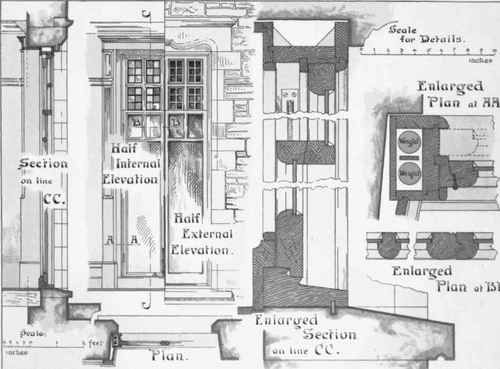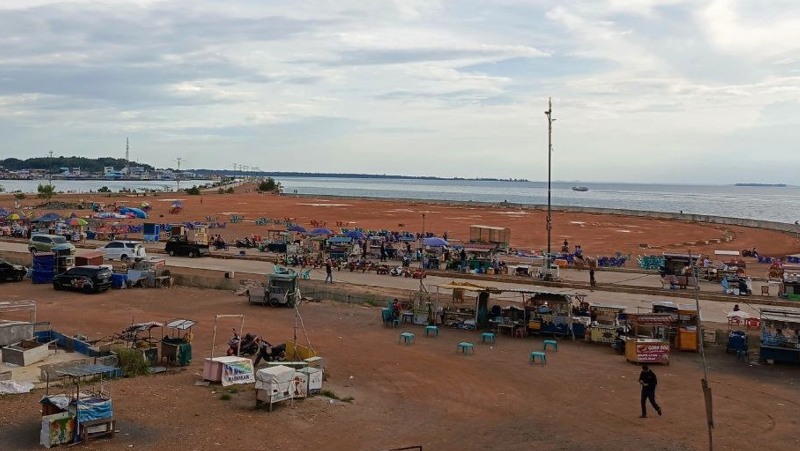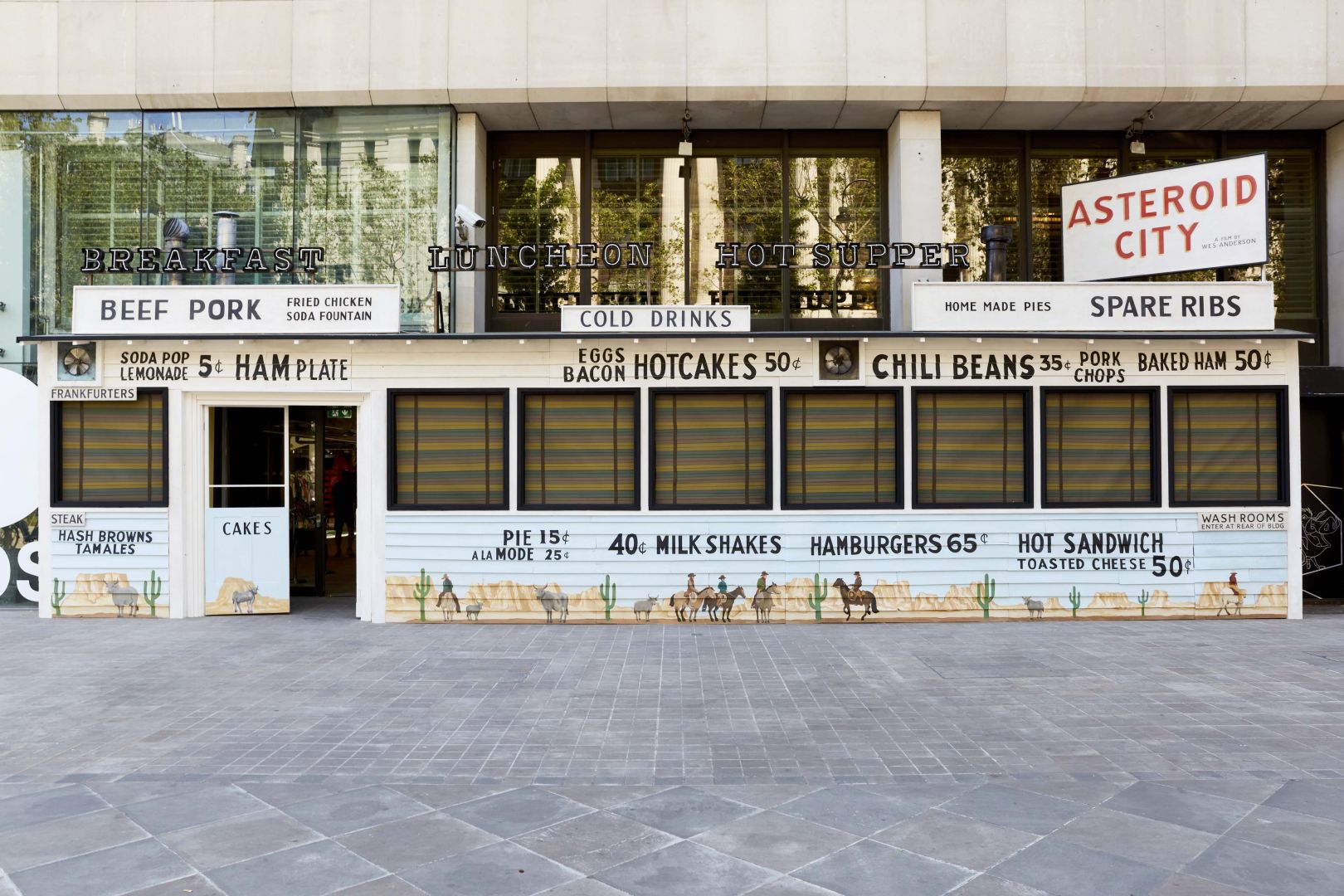13th-Century Construction Unearthed During Binnenhof Renovations

Table of Contents
The Binnenhof: A Brief History and Significance
The Binnenhof, meaning "inner court," is more than just a building; it's the beating heart of the Dutch government. Located in The Hague, this historical complex has served as the seat of the Dutch Parliament (Staten-Generaal) and other governmental bodies for centuries. Its history is intricately woven into the fabric of Dutch national identity.
- Construction Phases: The Binnenhof's construction spanned centuries, with significant additions and alterations reflecting different architectural styles and periods. The oldest parts date back to the 13th century, when it was primarily a castle.
- Key Historical Events: The Binnenhof has witnessed pivotal moments in Dutch history, from the early days of the Republic to modern-day political debates. It has been a site of power struggles, treaties, and significant political decisions.
- Architectural Significance: The Binnenhof represents a fascinating blend of architectural styles, from medieval to modern, reflecting its evolution and adaptation over the centuries. Its unique blend of Gothic, Renaissance, and later architectural elements makes it a significant example of Dutch architectural history.
Details of the 13th-Century Discovery
The recent archeological excavation unearthed substantial remnants of 13th-century foundations, walls, and other structural elements, significantly expanding our knowledge of the Binnenhof's earliest days. The discovery offers invaluable insights into medieval construction techniques and daily life in The Hague.
- Building Materials: The unearthed structures primarily consist of brick and stone, typical of 13th-century construction in the region. Analysis of the mortar and the construction methods themselves will be key in understanding the techniques used.
- Architectural Style: The style suggests a robust, defensive structure, reflecting the period’s need for fortified buildings. The precise architectural details are still under investigation.
- Significant Artifacts: While the focus is on the structural remains, the excavation has also yielded a number of artifacts including pottery shards and fragments of tools, providing further clues to the daily life of those who lived and worked within this early structure.
- Extent of the Discovery: The size of the discovered area suggests a more extensive 13th-century complex than previously imagined, prompting further archaeological investigation.
Impact on Binnenhof Renovations and Future Plans
The unexpected discovery of the 13th-century construction has inevitably impacted the ongoing Binnenhof renovation project. While initially causing delays, it has also presented a unique opportunity to integrate historical preservation with modern needs.
- Revised Timelines: The project's timeline has been adjusted to accommodate the necessary archeological investigations and preservation efforts.
- Preservation Measures: Experts are meticulously documenting and preserving the unearthed structures. Innovative techniques are being employed to ensure their long-term protection.
- Incorporating the Discovery: Plans are underway to integrate the historical findings into the future design of the Binnenhof, ensuring that this significant piece of history is not only preserved but also celebrated.
- Budgetary Impact: The discovery will undoubtedly necessitate additional funding to cover the archaeological work and incorporate the historical findings into the renovation project.
Public Engagement and Further Research
The discovery is not intended to be hidden away. Plans are in place to engage the public and further scholarly understanding of this significant find.
- Museum Exhibits: Discussions are ongoing regarding the possibility of creating public museum exhibits showcasing the artifacts and findings from the excavation.
- Future Research: Academic collaborations are being established to further analyze the discovered structures and artifacts, enhancing our understanding of 13th-century life and construction in the Netherlands.
- Public Involvement: Opportunities for public involvement, such as guided tours and educational programs, are being explored to share this exciting discovery with a wider audience.
Conclusion
The unearthing of 13th-century construction during the Binnenhof renovations represents a remarkable archaeological discovery, significantly enriching our knowledge of medieval Dutch history and architecture. This unexpected find has necessitated adjustments to the renovation project, but the resulting integration of historical preservation with modern design promises to create a truly unique and historically significant building. Stay updated on the ongoing renovations and further research into this exciting discovery of 13th-century construction at the Binnenhof by checking official government websites and relevant news outlets for the latest information. The future of the Binnenhof will be a testament to this remarkable piece of Dutch history.

Featured Posts
-
 Cristiano Ronaldo Nun Adanali Ronaldoya Cevabi Tam Metin Ve Analiz
May 28, 2025
Cristiano Ronaldo Nun Adanali Ronaldoya Cevabi Tam Metin Ve Analiz
May 28, 2025 -
 Recent Outing Sparks Debate Public Reaction To Kanye Wests Wife Bianca Censoris Outfit
May 28, 2025
Recent Outing Sparks Debate Public Reaction To Kanye Wests Wife Bianca Censoris Outfit
May 28, 2025 -
 Hujan Turun Di Jawa Timur Cek Prakiraan Cuaca 6 Mei 2024
May 28, 2025
Hujan Turun Di Jawa Timur Cek Prakiraan Cuaca 6 Mei 2024
May 28, 2025 -
 Info Cuaca Bali Berawan Hujan Ringan Di Beberapa Wilayah
May 28, 2025
Info Cuaca Bali Berawan Hujan Ringan Di Beberapa Wilayah
May 28, 2025 -
 London To Host Wes Andersons World Building Archives
May 28, 2025
London To Host Wes Andersons World Building Archives
May 28, 2025
